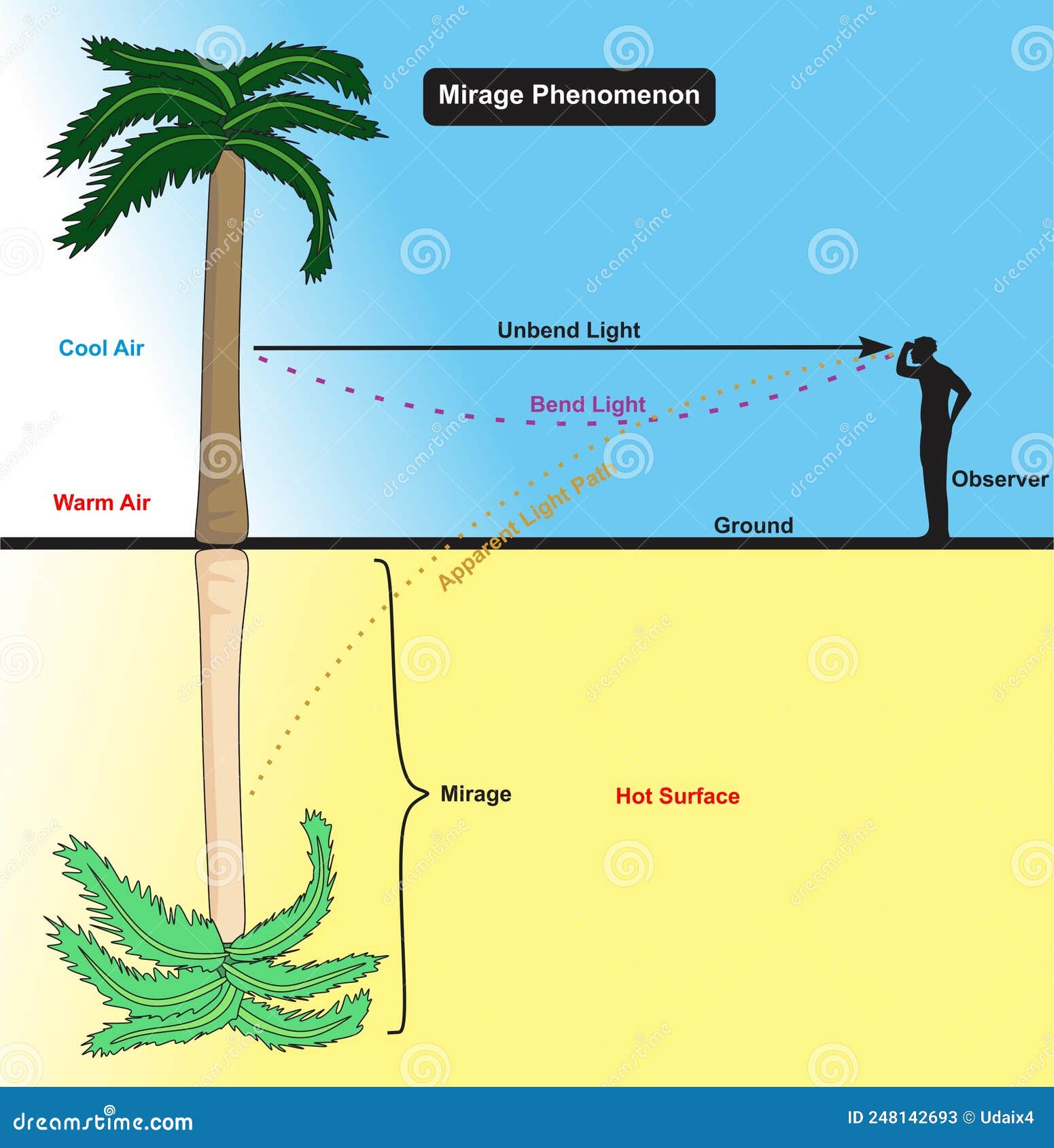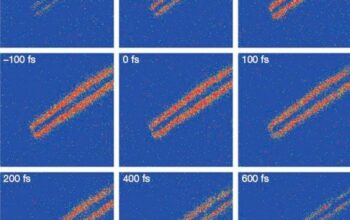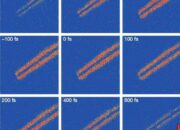In the effervescent realm of optical physics, a curious phenomenon emerges – chiral liquids, a fascinating subclass of liquids characterized by their molecular asymmetry, weave a narrative profoundly intertwined with the manipulation of light. This synthesis of chemistry and physics reveals how the very structure of a substance can orchestrate the ballet of photons, culminating in the polite bending of light—an elegant interplay that captivates both the scientific community and the imagination of enthusiasts alike.
The essence of chirality originates from the Greek word “cheir,” meaning hand, referring to the property of asymmetry where particular molecules exist as mirror images, akin to one’s left and right hands. This fundamental characteristic provides the foundation for an array of complex behaviors, particularly observed in chiral liquids. These substances do not merely exist as passive mediums; they actively interfere in the propagation of light, showcasing phenomena reminiscent of optical illusions and intricate dance. Through light’s journey in a chiral environment, it undergoes manipulation, culminating in diverse effects such as optical rotation and circular dichroism.
Optical rotation stands at the forefront of chiral liquid interaction with light. In simplest terms, when plane-polarized light traverses a chiral medium, it emerges with its plane rotated. This effect is governed by the intrinsic properties of the chiral molecules that twist the electromagnetic waves, like a maestro guiding an orchestra. The degree of rotation depends on several parameters, including the concentration of the chiral compound and the wavelength of the light itself. As a result, this rotation offers valuable insight into the molecular characteristics of substances, bridging the gap between macroscopic observations and molecular intricacies.
In a deeper exploration, a captivating parallel can be drawn between chiral liquids and the twisting helix of DNA. Just as the double helix encodes the blueprint for life, chiral liquids encode the structural elegance of molecular asymmetry, facilitating noteworthy applications in fields such as pharmaceuticals and biochemistry. Compounds such as thalidomide underscore this connection, where the chirality of a molecule can dictate therapeutic efficacy or detrimental side effects. This riveting intersection of light manipulation and molecular architecture encourages a meticulous inquiry into how we perceive and utilize these substances.
Moreover, circular dichroism (CD) stands as another hallmark of chirality’s optical fingerprint. This technique exploits the differential absorption of left- and right-handed circularly polarized light by chiral molecules. The resulting spectra serve as a powerful analytical tool, illuminating the structural dynamics of biomolecules and aiding in the elucidation of complex molecular conformations. With our understanding of chiral liquids deepening, one cannot help but marvel at how mere twists of molecular symmetry can unveil the secrets of nature’s fabrication.
The interplay between chiral liquids and light delves into yet another profound layer when one considers the implications of non-linear optical effects. As light interacts with chiral substances, phenomena such as second-harmonic generation reveal the potential for innovative technologies. Imagine, if you will, the symphony of light waves mingling in a chiral environment, harmonizing to produce new frequencies that were previously unimagined. Such effects pave the way for transformative advancements in laser technology and photonic devices, hinting at a future enriched by the marriage of chiral symmetry and light manipulation.
Furthermore, the exploration does not merely rest within the confines of laboratory experimentation. The vast expanse of applications stretches into commercial arenas, including optics, materials science, and beyond. Consider the burgeoning field of chiral photonics, which seeks to harness the unique properties of chiral liquids and materials for crafting next-generation optical devices. From high-performance sensors to ingenious display technologies, the opportunities are countless, urging us to rethink our interaction with light.
The fascination surrounding chiral liquids extends beyond mere scientific inquiry; it elicits an appreciation for the elegance embedded in physical phenomena. The intrigue stems from an understanding that at a fundamental level, the cosmos is a mosaic of such asymmetries, orchestrating complexities that challenge our perceptions of reality. Like a swirling dance in a grand ballroom, chiral liquids invite us to witness the interplay of form and function, revealing the poetry inherent in molecular structures.
In conclusion, chiral liquids epitomize a captivating narrative within optical physics, where the bending of light is a multifaceted tale woven through the threads of chirality. This exploration uncovers a transcendent realm where molecular asymmetry informs our comprehension of light’s behavior, ultimately reshaping our understanding of materials and their interactions. Such richness in the relationship between chemistry and physics beckons continued inquiry, as the echoes of chirality resonate well beyond the confines of academia, manifesting in real-world applications that impact technology and daily life.










